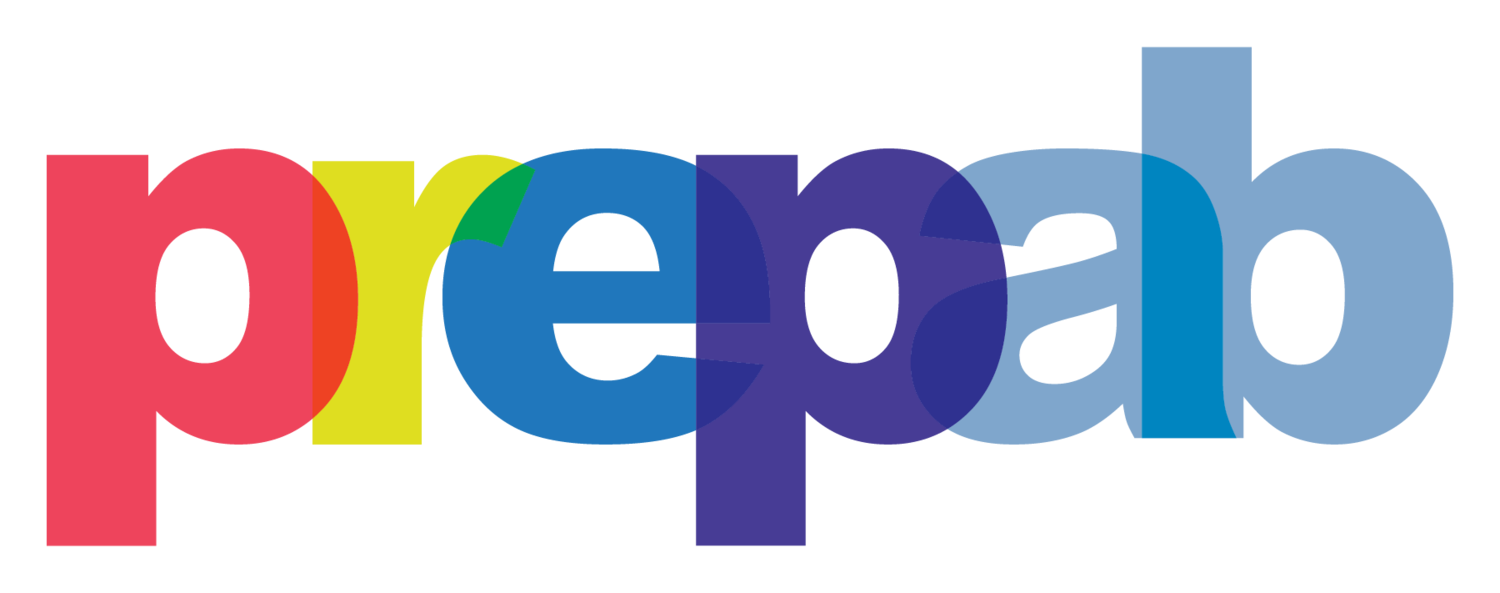
Alberta PrEP Access: Barriers & Opportunities
Introduction
Accessing PrEP can be challenging for just about anyone - if it wasn’t, we probably wouldn’t need a website like this!
However, many of the general PrEP access barriers someone might face can be made even more challenging if they belong to a minority population that faces stigma due to factors like race, gender, sexuality, or class - which many people with a higher risk of HIV infection do. Of course, these challenges can differ from population to population (and even within a population).
For healthcare and service providers helping people access PrEP, it’s important to understand both the general barriers most people face in accessing PrEP and the unique barriers specific populations face that your clients might belong to. By understanding these barriers, you will have a better understanding of how to address them and help your clients access PrEP and reach their personal health goals.
To better understand these barriers, EMHC held a series of consultations with community members and service providers who belong to and serve a number of populations most affected by HIV in Alberta. Review each of the following tabs to find consultation results, which have been broken down by population. Or, if you’d like, read on below to learn more about the consultation process.
About the Consultations
In fall 2018, Alberta Health announced public funding for PrEP for those deemed eligible under the provincial guidelines. In addition to this, eligible First Nations and Inuit individuals have been able to access PrEP since as early as 2013. Despite this increased availability, many people in Alberta – and the providers that serve them – remain unaware of PrEP and how to access it. To help address this gap, Alberta Health provided a small envelope of funding to the EMHC to develop/adapt/optimize and disseminate a series of provincially contextualized community and provider-facing PrEP resources.
To help inform this work, from July to August 2019 the EMHC carried out a series of consultations with community members and service providers from a variety of priority populations disproportionately impacted by HIV in Alberta. These consultations, supplemented by a scan of existing resources and a literature review of PrEP access barriers and facilitators, will form the foundation for the project’s resource development plan. A description of the consultation process and a summary of its findings are included in this document.
Methodology
Consultation with community stakeholders was undertaken in two steps:
1) First, one-on-one key informant discussions were held with known stakeholders from each of the priority populations identified.
a) These conversations were used to help identify additional stakeholders for group consultations, in addition to what types of consultation processes would be most effective with the priority population in question.
2) Next, consultations were held with a broader group of stakeholders from each priority population identified.
a) The consultation groups held and number of participants at each were as follows:
ACB communities - 10 participants
gbMSM - 8 participants
Immigrants & Newcomers - 8 participants
Indigenous communities - 7 participants
People who use drugs - 5 participants
Trans & Non-Binary individuals - 7 participants
b) Consultation participants were recruited through the following means:
Invites were extended to known stakeholders and stakeholders identified through key informant discussions.
Invites were extended to more than 250 stakeholders through the Alberta STBBI Operational Strategy and Action Plan Network email contact list.
c) Consultations were primarily held online to allow for participation by stakeholders across the province. Exceptions were made for the following priority populations, based on input provided in the key informant discussions:
The consultation with ACB stakeholders was held in-person at the meeting of Ribbon Rouge’s ACB Caucus, held in Wetaskiwin Alberta.
The consultation with immigrant and newcomer stakeholders was held in-person in Edmonton at a meeting of the Edmonton LGBTQ+ Newcomers group.
Participants were also provided the opportunity to send input via email after the consultation to share additional thoughts they did not have the opportunity to share during the consultation group they participated in.
d) Consultation groups covered the following areas:
Current level of knowledge about PrEP amongst the priority population in question.
Main barriers faced by priority population in access information about PrEP and how to access it.
What sources the priority population access health information from.
Types of PrEP resources that would be most useful for community members and service providers.
Existing PrEP resources that have been effective in communicating information about PrEP to the priority population in question.
Language and accessibility considerations related to resource development.
Population-specific resource delivery considerations.
Notes were taken at each consultation group. Notes from each consultation group were analyzed individually and common themes identified for the priority population in question.
Notes from all consultation groups were also analyzed collectively, with common themes being identified across priority populations. A draft consultation summary was then shared with consultation participants for validation.
Acknowledgements
The EMHC would like to thank and acknowledge the following groups for their invaluable contributions towards community health and HIV prevention. Without the work, passion, and collaboration of these important stakeholders, this work would not be possible:
Alberta Health, Alberta Health Services, HIV Community Link, Skipping Stone, the Ribbon Rouge Foundation, Edmonton 2-Spirit Society, HIV Edmonton, Edmonton LGBTQ+ Newcomers Group, Edmonton Trans and Non-Binary Group, Beacon Pharmacy, the Pride Centre of Edmonton, Alberta Community Council on HIV, Northern Alberta Program, Lethbridge Sexual and Reproductive Health, Safeworks, CBR Collaborative Centre in HIV/AIDS, Streetworks, Alberta PrEP Working Group, Alberta STBBI Network.
